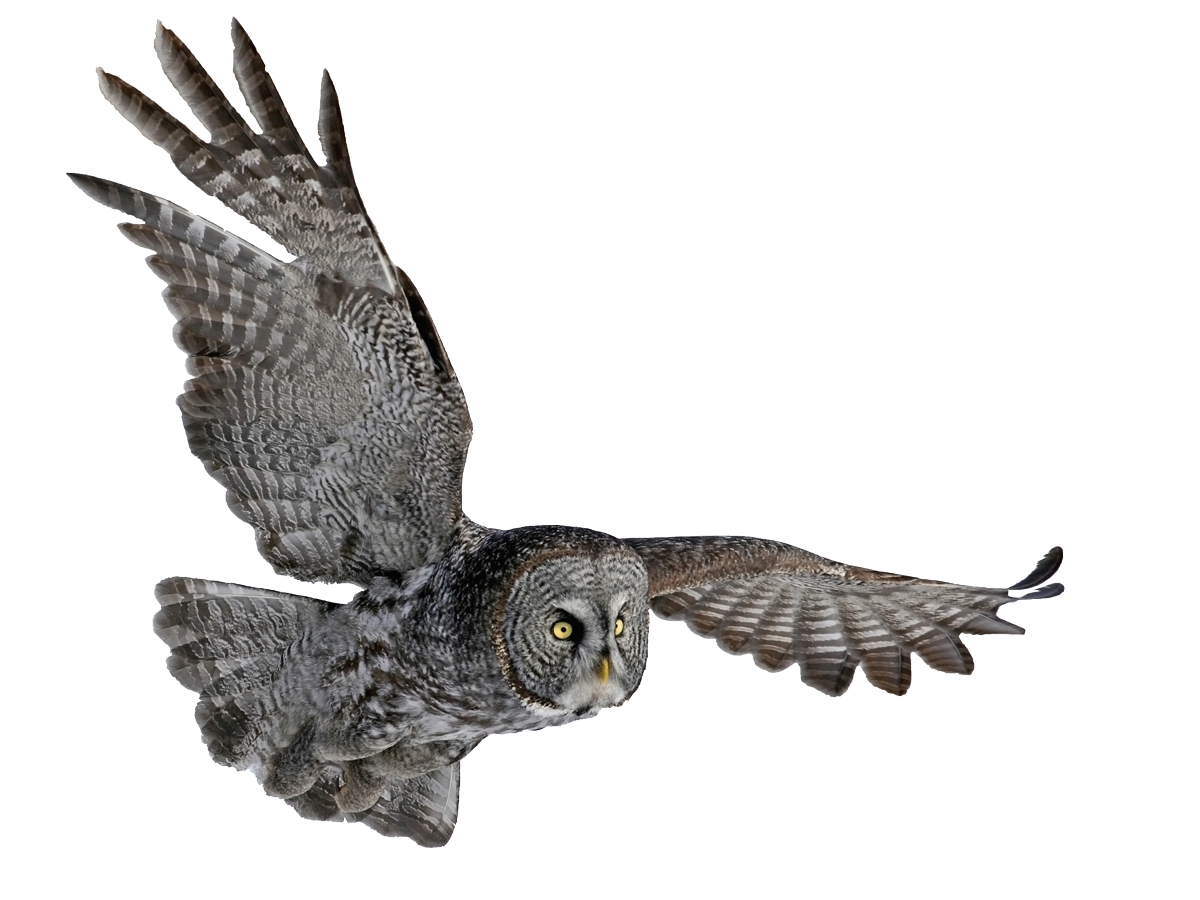Pest categories

Pharaoh ants
Bed bugs
House mouse
Brown rat
Black rat
Cockroaches
Flies and houseflies
Meat flies
Fruit flies (drosophila)
Ants
Wasps
Fleas
Mediterranean Flour Moth, Indianmeal moth, cacao moth and Broad-barred knot-horn moth
Other pests of stored foodstuffs are beetles
Clothes moth and case bearing clothes moth
Common carpet beetle, fur beetle, museum beetle and larder beetle
Wood-damaging beetles
Domestic pigeon
Gulls
Raven birds
Sparrows
Contact us
Wasps
In recent years, Lithuanian residents, manufacturing and commercial enterprises have increasingly been confronted with a problem that has not attracted the attention of specialists for many years ⎯ the intensifying spread of wasps. This process is driven by climate warming and reduced agricultural activity.
Fortunately, wasps are not a vector for infectious agents. As a result, neither public health professionals, nor epidemiologists, nor pest control companies have paid enough attention to the problem.
Why it is a pest?
They cause discomfort to humans, especially if the nest is in a neighbourhood or close to a place where food is attractive to them (candy shops, gardens, open rubbish bins).
Wasps can also sting if they feel threatened, or if they become entangled in clothing or hair. The bite is very painful and dangerous for allergic people. A wasp can sting not once (like a bee) but many times.
Wasps contaminate food products and can carry some pathogenic micro-organisms.
Wasps can also sting if they feel threatened, or if they become entangled in clothing or hair. The bite is very painful and dangerous for allergic people. A wasp can sting not once (like a bee) but many times.
Wasps contaminate food products and can carry some pathogenic micro-organisms.
Which areas are relevant?
- Home
- Public health
- Offices
- Land management and maintenance sector
- Food industry
- Catering establishments
- Accommodation service companies
- Hospitals and other health facilities
What do they harm and who do they harm?
- They cause discomfort to humans
- Their bites are dangerous for allergic people
- Corporate image.
Key attributes
There are three main species of wasps commonly encountered: Common wasp, Germanic wasp and Hornet. Common and Germanic wasps are difficult to distinguish and identify. Hornets are larger than the first two species and are the most common wasp species in Europe.
Wasps are community insects. A well-developed wasp colony consists of around 5 000 or more individuals.
In spring, a queen builds a 5⎯7-mesh nest of cellulose (wood, paper, etc.) and lays her eggs. The first female workers then hatch. The wasp nest dies at the first frost, except for the queen, which then overwinters in an attic (but not in the nest).
Wasps are only active during the day: the higher the temperature, the more active the wasps. Typical nesting sites: lofts, sheds, gaps, rain shelters on the outside of buildings (usually horizontal surfaces), cavities, etc. A queen can fly 30⎯70 km to find a nest site.
Wasps are characterised by a nest defence reaction: Irritation of a single wasp releases a danger pheromone and specific acoustic alarms. All wasps within 4.5 m of the site have the so-called nest defence reaction (aggressiveness).
Only females sting.
They seldom forage for food more than 200 m from the nest.
Food: in spring and summer, when larvae are fed, ⎯ protein-rich products (flies, mosquitoes, larvae of other insects), in late summer and autumn, when there is less need to care for the young, ⎯ sugar-rich products (floral nectar, honey, ripe fruit, beer, jelly, lemonade).
Wasps are community insects. A well-developed wasp colony consists of around 5 000 or more individuals.
In spring, a queen builds a 5⎯7-mesh nest of cellulose (wood, paper, etc.) and lays her eggs. The first female workers then hatch. The wasp nest dies at the first frost, except for the queen, which then overwinters in an attic (but not in the nest).
Wasps are only active during the day: the higher the temperature, the more active the wasps. Typical nesting sites: lofts, sheds, gaps, rain shelters on the outside of buildings (usually horizontal surfaces), cavities, etc. A queen can fly 30⎯70 km to find a nest site.
Wasps are characterised by a nest defence reaction: Irritation of a single wasp releases a danger pheromone and specific acoustic alarms. All wasps within 4.5 m of the site have the so-called nest defence reaction (aggressiveness).
Only females sting.
They seldom forage for food more than 200 m from the nest.
Food: in spring and summer, when larvae are fed, ⎯ protein-rich products (flies, mosquitoes, larvae of other insects), in late summer and autumn, when there is less need to care for the young, ⎯ sugar-rich products (floral nectar, honey, ripe fruit, beer, jelly, lemonade).
PEST CONTROL involves the protection of human health, property and food resources from unwanted harmful organisms ⎯ pests.
Copyright


